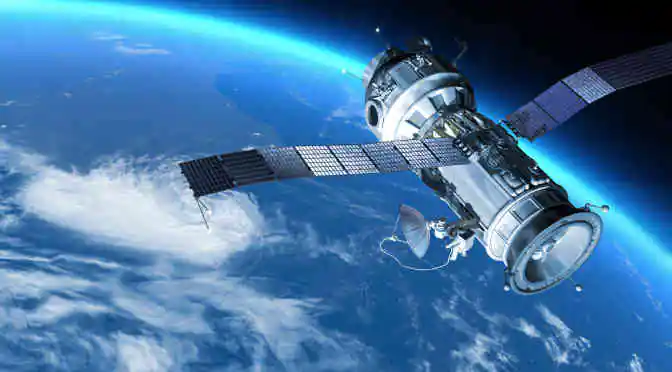Internet of Things (IoT) has been a much-discussed topic in the past few years. From the smart wearables monitoring the user’s activity levels to vehicles connected to wireless networks in home or office, the IoT exists in various forms today. With a promise to transform the way we live and work, Internet of Things has come a long way and have captured the world’s imagination.
Though there are several platforms to enhance the connectivity, the satellite-enabled IoT projects a promising medium for data transfer via radio or electromagnetic waves. As this mode of communication does not require a continuous physical entity to transmit data signals, the chances for physical damage are minimal.
Technavio has predicted that the IoT market will connect 24 billion devices by the end of 2020. The IoT is set to enhance every facet of our lives, thanks to the miniaturization of smart devices and the increased connectivity around the world.
The major applications of satellite-enabled IoT
As the technology is evolving over the past few decades, the requirement to keep people, devices and machines connected is on the rise. This is why satellite-enabled IoT device is gaining immense popularity in several industries. The technology is widely adopted in the defense and logistics industry. The other areas where satellite-enabled IoT is being used includes agriculture, mining, oil and gas, construction, and healthcare industry.
Military-based IoT
The unavailability of network services in remote terrains, deserts, oceans, and mountains has intensified a strong need to adopt satellite-enabled IoT in the defense sector. These connected devices include GPS and tracking systems, health and personnel monitoring devices, along with just-in-time equipment maintenance to support tactical reconnaissance.
Armed forces across the globe have been dependent on satellite-enabled connectivity to protect their bases and army personnel. Along with this, the technology aids in the predictive maintenance of aircraft or other equipment that uses real-time IoT data to schedule repairs before breakage occurs.
Transportation and cargo-based IoT
With the aim to achieve greater efficiency, continued coverage, improved safety, and higher reliability, the logistic industry relies heavily on satellite-enabled IoT technology. Transportation and Cargo carriers leverage the use these devices in tracking the vehicles or containers and spotting the location in case of any accidents.
The use of satellite-enabled IoT in the transportation and cargo sector is expected to increase exponentially due to the upsurge in the number of cargo vehicles and growing demand for the enhanced ability to stay connected in remote areas or while at sea.
Technavio solutions: Connecting you to market opportunities
While satellite coverage plays a crucial role, the future of a truly connected world is multi-faceted. True success in the global satellite-enabled IoT market entails the detailed study on various aspects that have a greater influence on the industry. Technavio’ s report provides in-depth insights that play a significant role in your business development. The report includes a comprehensive analysis on the latest trends, growth drivers, challenges along with its applications and competitive landscape.



